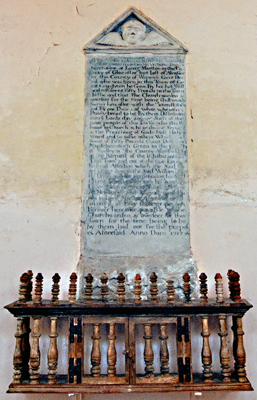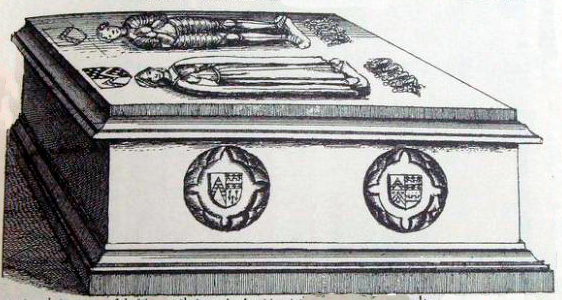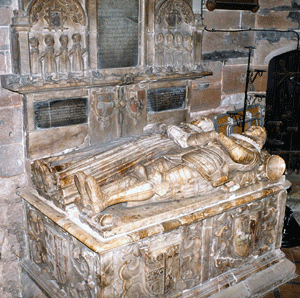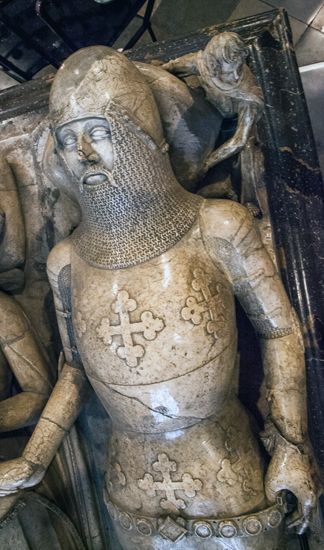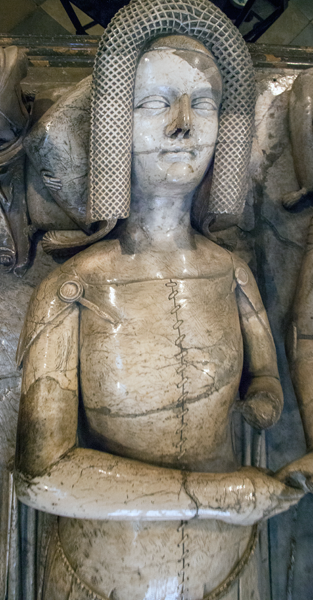 |
WARWICKSHIRE |
 |
| Alcester Aston Birmingham Charlecote Coughton Coventry Edgbaston King's Norton Tysoe Warwick Wooton Wawen |
| Alcester - St Nicholas |
 Above and bottom right: First Marquess of Hertford. White marble by Chantrey 1828 Far right: Sir Hamilton Seymour (1880) Diplomt. By Count Gleichen 1882 Commisioned by his son Arthur H Seymour. Centre top row left: Ann Smith (1818) Signed W Manly Bidgord Sculp Centre top row centre: John Brandis (1724) Centre top row right: William Halford |
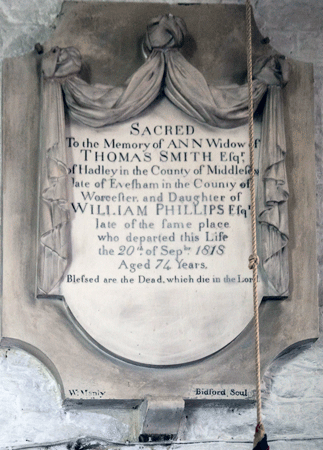 |
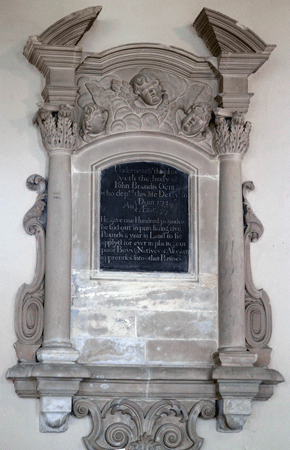 |
 |
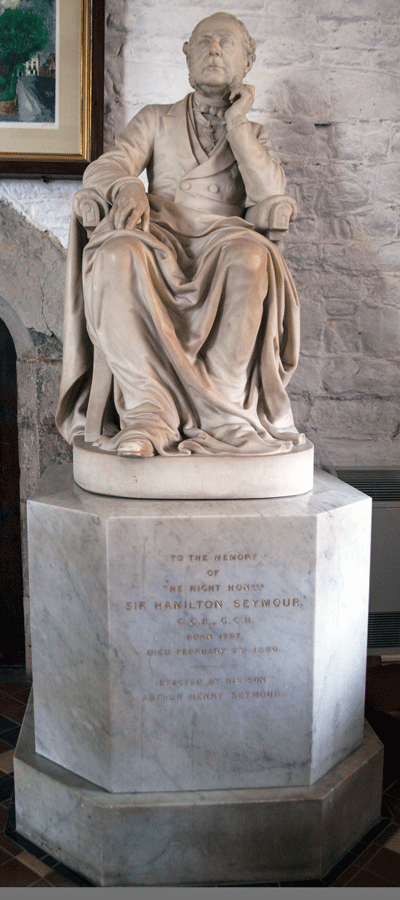 |
 |
||||
|
The Greville Monument |
||
Sir Fulke Geville (1559) and his wife Elizabeth Willoughby de Broke, 3rd Baroness Willoughy de Broke (1562) |
||
 |
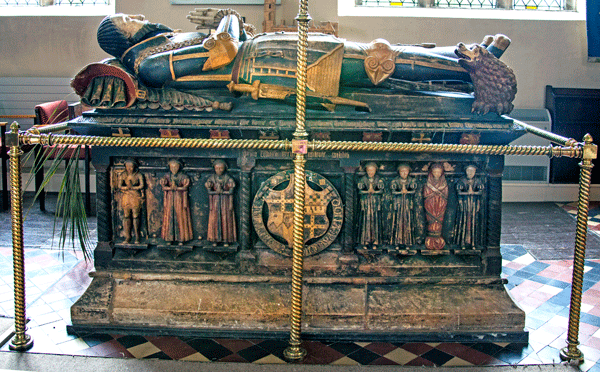 |
 |
 |
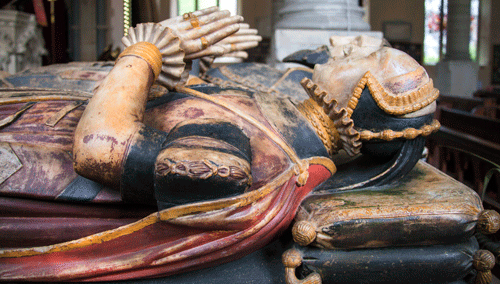 |
 |
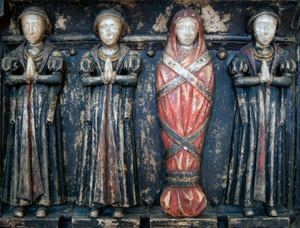 |
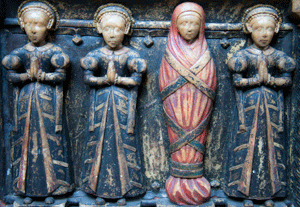 |
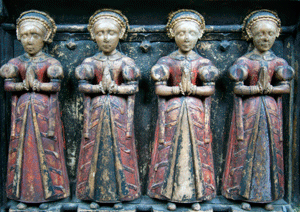 |
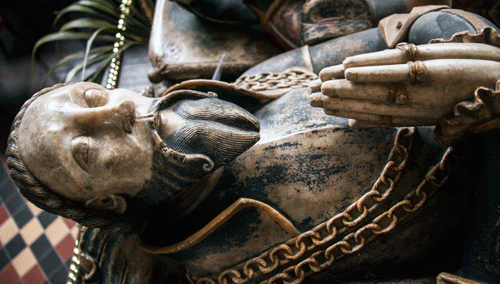 |
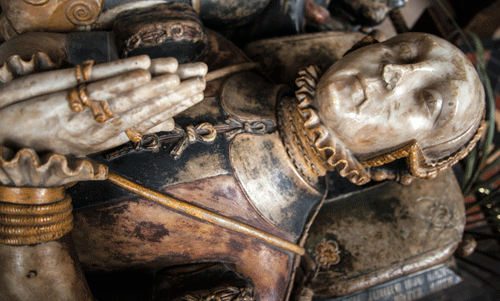 |
| Sir Fulke
Geville Soldier and MP.
Knighted for his military service by Henry VIII;
campaigned in France and the suppression of the Pilgramage of
Grace. By Roylies of Burton on Trent (Dr Clive Easter) |
| BIRMINGHAM - CITY & SUBURBS |
|
|||||||||||||||||||||||||||||||||||||
| Edgbaston - St Bartholomew |
.png) |
.png) |
.png) |
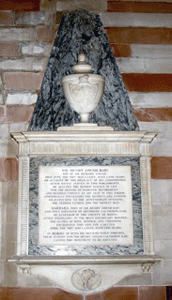 |
.png) |
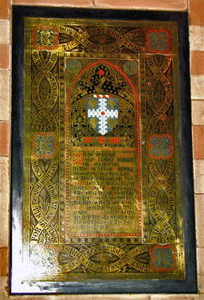 |
| From left to right above: 1) Gabriel Jean Marie de Lys MD (1831) With his father he escaped The Terror and was educated in this country, a fact refered to on the epitaph. The motto means 'Flourish as the Lily' a word play on his name. He co-founded the Deaf and Dumb Institution in Edgsbaston. By William Hollins. 2) & 3) (detail) Sir Richard Gough (1727) To the right is detail of the Boar's Head device which features on the weather vance of the Cathedral, in recognition of the family's generosity to that building. 4) Sir Henry Gough (1774). 5) Rt Hon Lord Calthorpe (1798) by King and Son of Bath. 6) John (1814) & Martha (1817) Ryland. | |||||
 |
.png) |
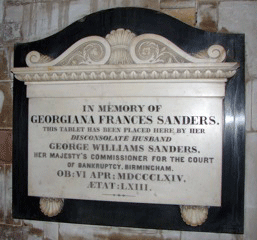 |
.png) |
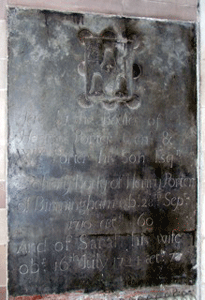 |
| From
right to left above: 1) & 2)
Frances, Lady
Calthorpe (1827) Widow of Henry, Lord
Calthorpe; her arms are shown on the right
3) Georgiana
Frances Sanders (1864) 4) Sarah (1843),
Elizabeth (1855) & Joseph (1855) Shore 5) Henry Porter & his son, William. Also Henry Porter (1710) & Sarah Porter (1724) |
||||
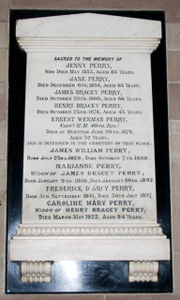 |
 |
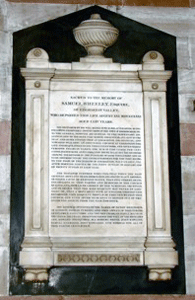 |
.png) |
 |
.png) |
| From right to left above:
1) Jenny (1853),
Jane (1854), James Bracey (1860), Henry Bracey
(1879), Ernest Wenman
(1879), James William (1888), Marianne (1892),
Frederick d'Arcy (1897) & Caroline Mary Perry
(1922) 2) William Withering (1799) Discoverer of Digitalis, writing a monograph on its use in heart disease. Note the symbol of medicine (snake and staff) and the flowering stem of Witheringia - named after him by the Linnaean Society in recognition of his botanical researches. By William Hollins 3) Samuel Wheeley (1831) 4) Bernard Sheppard Heaton (1798), Bernard Sheppard Heaton (1803), Bernard Sheppard Heaton (died in infancy), Elizabeth, 2nd wife, (1811) 5) Joseph (1816) & Mary (1841) Ledsam 6) Robert (1830) & Elizabeth (1839) Smith. Daugher Henrietta Armitage (1826) Son Robert (1869) His sister Sarah |
|||||
 |
Charlecote - St Leonard |
 |
 |
 |
| Sir Thomas Lucy
(1600) and his wife, Lady Joyce (Acton)
(1595/6) Alabaster |
|
 |
 |
 |
|
| Sir Thomas Lucy (1605)
and his wife, Lady Constance (Kingmill),
who kneels beside him. Alabaster |
Sir Thomas Lucy (1640) and
his wife, Lady Alice (Spence) White and black marble. Note the books on the right while on the left (not shown) is a landscape with Sir Nicholas on horseback. Monument by Nicholas Stone; effigies by Schoerman or Burman |
||
 |
Coughton - St Peter |
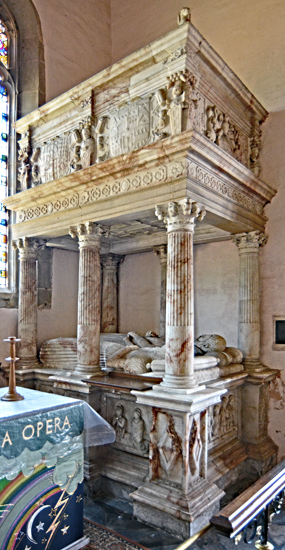 |
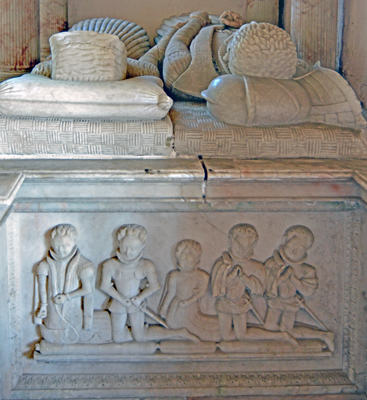 |
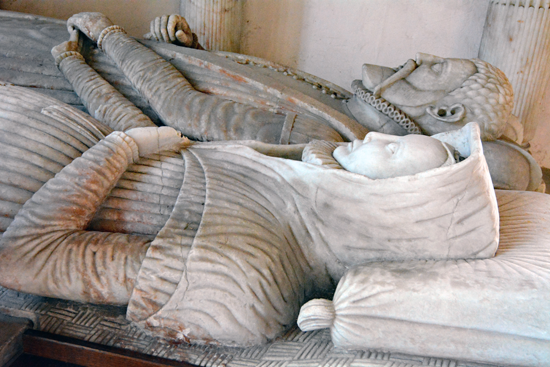 |
|
|||
| Sir John Throckmorton (1580) and his wife, Margaret (Puttenham). Alabaster six poster monument. He was cousin of Queen Catherine Parr; his brother, Nicholas, was involved in the Wyatt rebellion, but later pardoned; his son, Francis, was executed for treason. | ||||||
| Other Monuments | ||||||
| 1. Large tomb chest with quatrefoils containing shields made for Sir Robert Throckmorton (1518); he died in the Holy Land so the tomb remained empty until it was appropriated by Sir Robert Throckmorton (1791) | ||||||
| 2. Sir George Throckmorton (1552) and his wife, Katherine (Vaux) (1571) Large tomb, chest of possibly Purbeck marble with just two quatrefoils along the side. Brasses of Sir George and Lady Kaherine are on the lid, he in armour and she in dress of the time. A number of children are shown at their feet. Drawing to the right. I think the Pevsner entry is incorrect. | ||||||
| 3. Sir Robert Throckmorton (1570) Plain alabaster tomb chest with gray slab. | ||||||
 |
Coventry Cathedral |
 |
| Coventry - an industrial centre - suffered heavy bombing during Word War II and the old cathedral was struck on 14th November 1940 during one of these bombing raids, leaving only a shell and the western tower and spire. The Cathedral was a cathedral of the Modern Foundation, the see being founded in 1919. At the Reformation it had been a parish church. |
| The Cathedral Church of St Michael, Coventry |
| The authorities decided to let the shell of
the old cathedral stand, once rendered safe, rather than
demolish the ruined church and rebuild it. It stands today as a
reminder of the horrors and futility of war. A new cathedral was
built on the site cleverly incoporating the old. The
architect was Sir Basil Spence and the new cathedral was
consecrated in 1962.The building is a triumph of 20th century
architecture, truly magnificent. The linking of old to new is a
remarkable and wonderful achievement. There are no monuments in the New Cathedral but some fire damaged ones remain from the Old. Still in the remains of the Old Cathedral. The is no charge for entry or photography. Park in the nearby public car park, sign posted Cathedral |
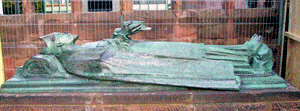 |
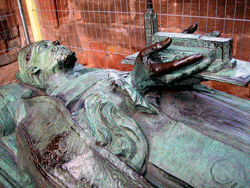 |
| Bishop Huyshe
Wolcott-Yeatmann-Biggs (1845-1922) Bronze. He was the first Bishop of Coventry holds a model of the old church. The monument survived the bombing with little damage. |
 |
 |
 |
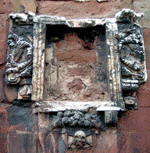 |
 |
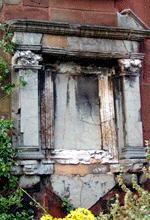 |
| William Perkins (1821), his wife Leticia (1837) and daughters Mary & Leticia | |||||
| The first two images cannot be identified, nor can the fourth or last. The third is to William Perkins (1821), his wife Leticia (1837) and daughters Mary & Leticia; and the fifth, penultimate one is to Dame Mary Bridgeman and Mrs. Eliza Sawmill | |||||
| A Clarification |
The information above is not correct in the strictest sense: there was an earlier cathedral at Coventry: the Benedictine Priory of St Mary. This was one of the two seats of the Bishop of Coventry and Litchfield. At the Reformation this priory was dissolved and the seat moved to Litchfield only, although the title of Bishop of Coventry and Litchfield was retained until 1837, when Coventry was united with Worcester dicese. The new see was founded in 1919 as mentioned above. Apologies about the small photographs: the originals were on the corrupted Philip's disc and inaccessible. |
|
 |
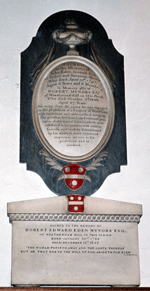
|
|||||
 |
| Tysoe - Assumption |
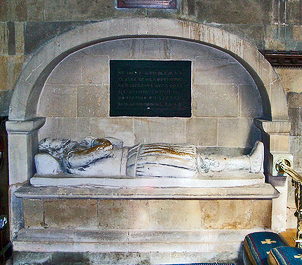 |
 |
 |
| William Clarke (1618) A generous patron of the church |
 |
 |
 |
| Mid 14th C coffin lid. Of the type where head and feet only appear, fitted into a cross | ||
 |
.0 |
 |
| St Mary was a Collegiate church in the middle ages. It was partly destroyed - as was the town - by fire in 1693 but the chancel and Beauchamp chapel fortunately survived. The nave and tower were later rebuilt. |
| The Chancel |
        |
 |
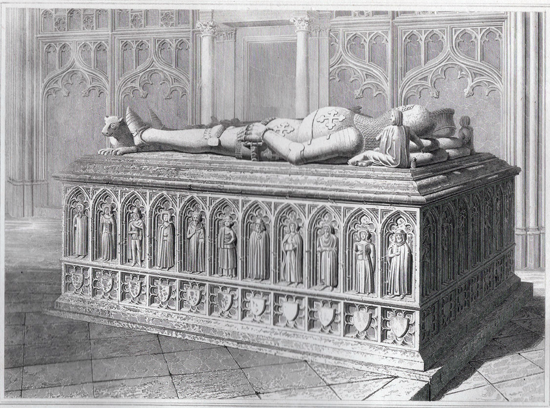 |
        |
||||
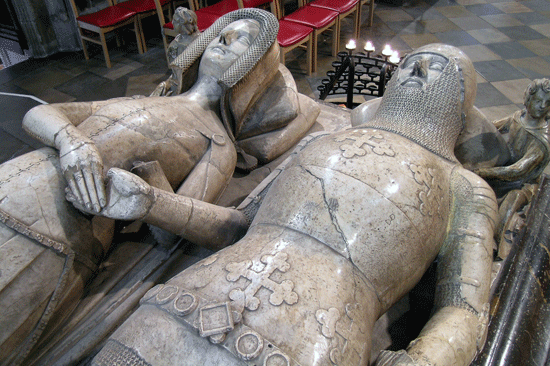 |
 |
||||||
|
|||||||
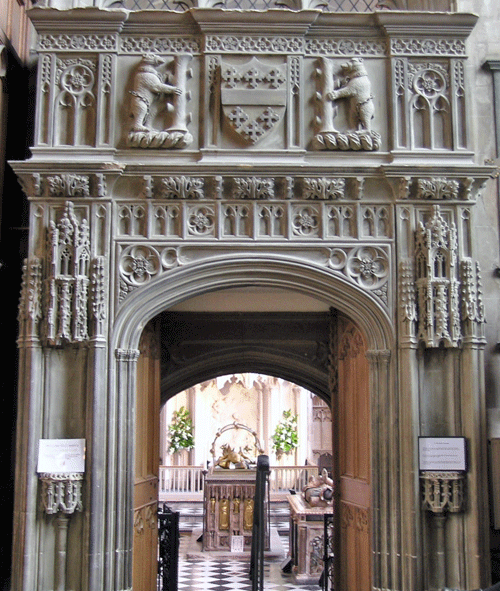 |
The Beauchamp Chapel |
 |
 Left: Entrance to the Chapel. Right: Interior of Chapel Above: Richard Beauchamp, Earl of Warwick |
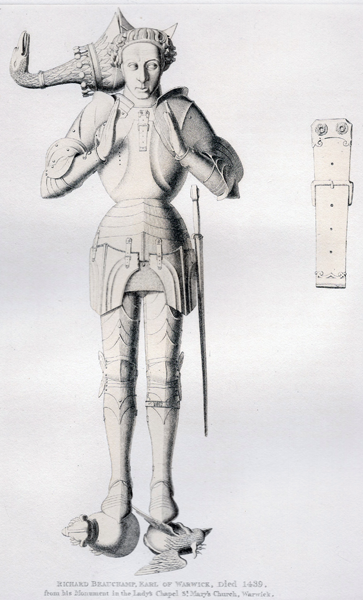 |
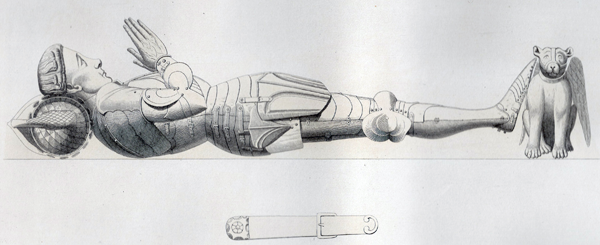 |
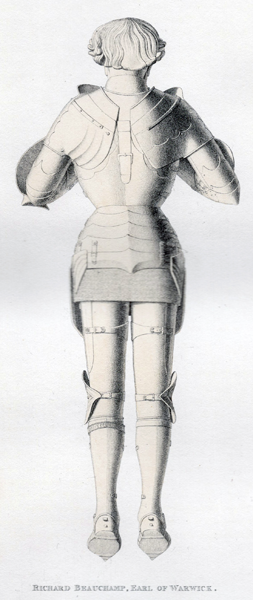 |
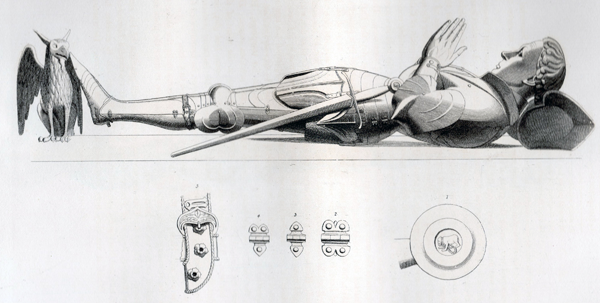 |
 |
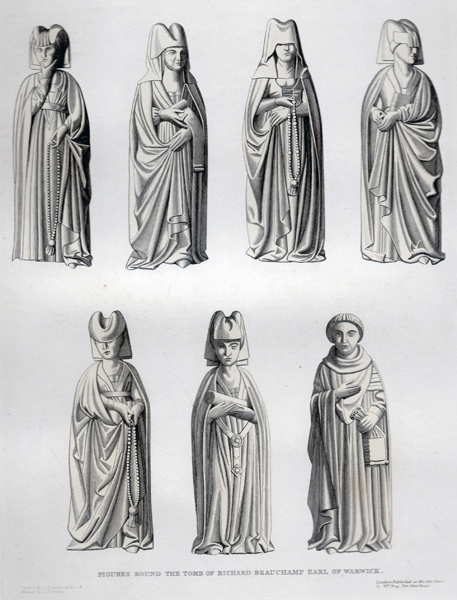 |
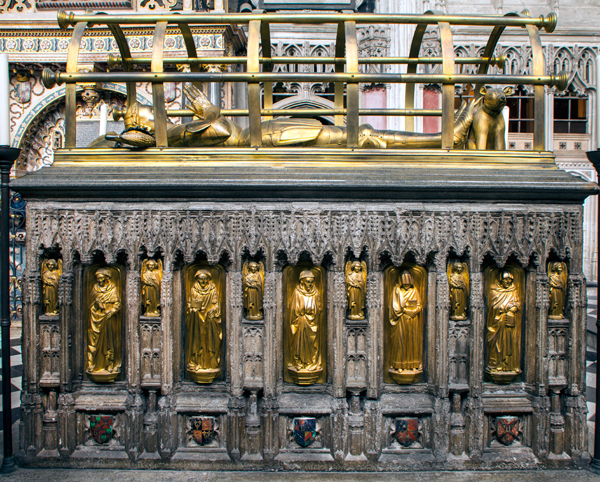 |
 |
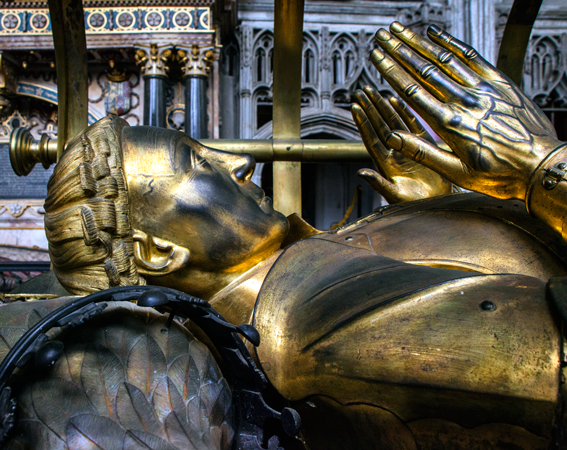 |
 |
 |
 |
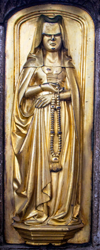 |
 |
 |
 |
 |
 |
 |
 |
 |
 |
 |
| Above from left to
right: Alice Montacute, Ann Beauchamp, Ann Neville,
Cecily Neville, Edmund Beauford, Eleanor Beauchamp, Elizabeth
Beauchamp, Henry Duke of Warwich, Humphrey Stafford, John
Talbot, Margaret Beauchamp, Richard, Earl of Salibury, Richard
Neville One is missing! |
||||||||||||
| Richard Beauchamp, 13th Earl of Warwick (1439) |
Above are photographs of the whole of the Beauchamp Chapel taken from the entrance, and several representations of the magnificent gilt-bronze effigy, the whole tomb and the weepers around the Purbeck Marble tomb chest of the monument of Richard Beauchamp, 13th Earl of Warwick , who died in 1439.The etchings of the effigy and the weepers are by C A Stothard and the steel plate engraving of the whole tomb is by E. Blore. Charles Stothard lifted the effigy from the tomb chest (clearly with help and permission) and drew the dorsal aspect of the effigy, which caanot normally be seen; his etching shows that the armour was represented accurately in every details as in the other aspects of the effigy. The 1448 contract for making this tomb survives: it indicates that it is not a portrait and refers to the following who were involved in its making: John Bourde of Corfe supplied the Purbeck Marble, William Austen of London cast the metal, John Massingham, carver, made the model, Bartholomew Lambespring, goldsmith, polished and gilded the effigy; one Roger Webb is also referred to in this contract but it is not known what his role was in the construction. A separate contract of the following year indicating William Austen was to cast the effigy, as above. A third contract of 1453 is for brass plates for the lid, sides and the hearse; in this contract John Essex of London , marbler and Thomas Stevyns of London, coppersmith, also appear with William Austen, as above. The monument consists of a cast gilt bronze effigy in armour on a Purbeck marble tomb chest. The Earl's hands are held in a curious separated position. His head rests on his helmet with crest of a swan and his feet on both a bear and griffin. The details of the armour are very fine. Charles Stothard lifted the effigy down from the tomb chest to draw its dorsal surface where the armour is again shown in very fine detail, even here where it cannot be seen. Over the whole is a hooped framework - the 'hearse' referred to above; this would have supported a fabric cover and only be removed when masses were said for his soul. Around the tomb chest are gilt bronze 'mourners' - seven male and seven female. Details of these weepers are given below.. Richard Beauchamp fought with Henry IV and Henry V and was guardian of the infant Henry VI. At the time of his death he was Governor of Normandy. |
| A Weepers'
Who's Who Hopefully this is fairly intelligible. You may need to draw out a genealogical table! |
Alice Monntacute, 5th Countess of Salisburt (1407-1462) was the only legitimare child of Thomas Montacute, 4th Earl of Salisbury. She married Richard Neville, who became of 5th Earl by right of his wife on the death of her father in 1428. Anne Beauchamp, 16th Countess of Warwick (1426-1492) was the daughter of Richard and his second wife Isabel le Despenser. She married Richard Neville (the future 'King Maker') and following the death of Richard, her father, Henry, her brother, in 1446, and Henry's daughter, Anne, in 1449, Richard Neville became Earl of Warwick by right of his wife. Anne Neville (1456-1485) was the younger daughter of Richard Neville, 16 the Earl of Warwick (The 'King Maker'), who married first Edward, Prince of Wales, the son of King Henry VI, to seal an alliance with the Lancastrians when her father had deserted the Yorkist cause, and, secondly, King Richard III, thus becoming Queen of England. Cecily Neville (1415-1495) 'The Rose of Raby'. Was the wife of Richard, Duke of York and mother of Kings Edward IV and Richard III. She was the daughter of Ralph Neville, 1st Earl of Westmoreland and Joan, daughter of John of Gaunt and his mistress (later his 3rd wife) Katherine Swynford. This latter union produced the Beauforts. |
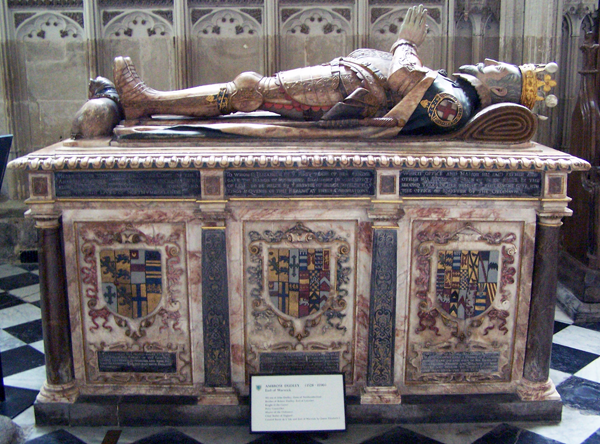 |
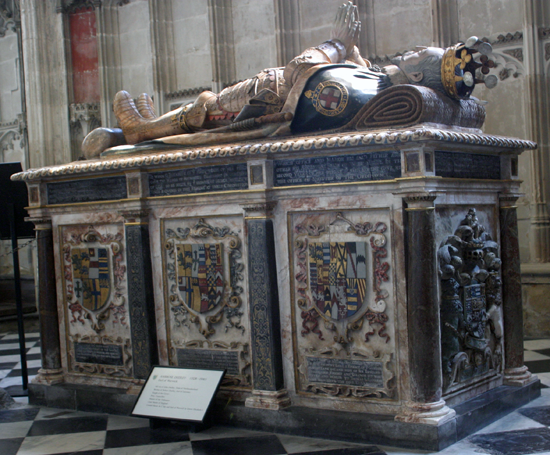 |
 |
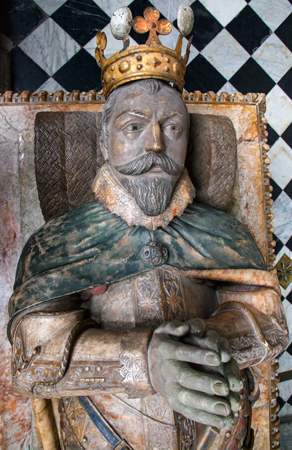 |
|
Ambrose Dudley,
Earl of Warwick
By: William Cure (Dr Clive Easter) |
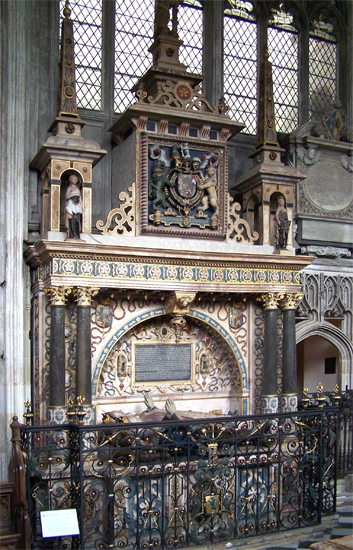 |
 |

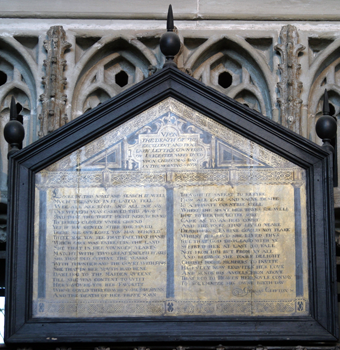
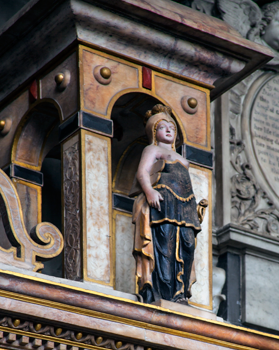 |
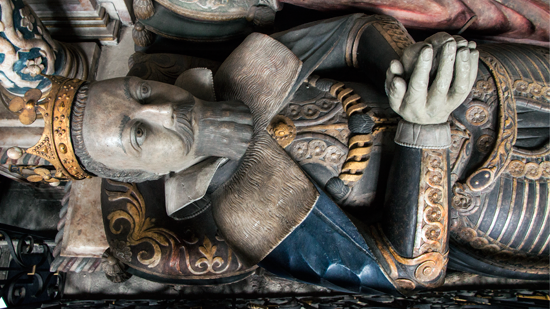 |
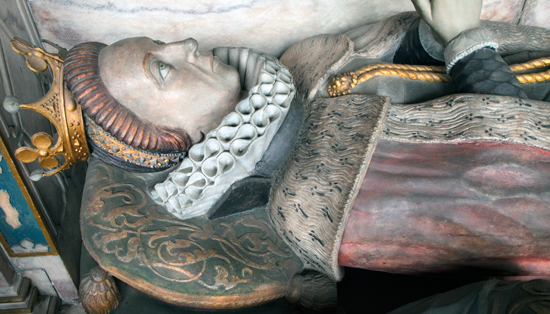 |
|
Robert Dudley, Earl of Leicester (1588)
& Countess Lettice (1634) Alabaster.
By Hollemans (Dr Clive Easter) Grille by Nicholas Paris
of Warwick, 1716. Robert Dudley was the well known favourite of Queen Elizabeth I The wooden tablet to Lettice Knollys, the Earl's second wife, is made to look like brass. The inscription tells us she died on Christmas Day |
|
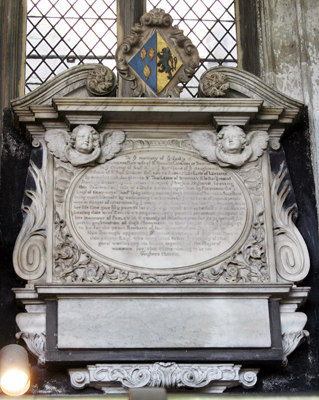 |
| Lady
Katherine Leveson Marble Tablet by Edward Marsall (1678) |
 Robert Dudley, Lord Denbigh (1584 age 3) Alabaster, note the bear at his feet. He was Robert and Lettice's only son and predeceased his father. Called 'The Noble Impe' |
 |
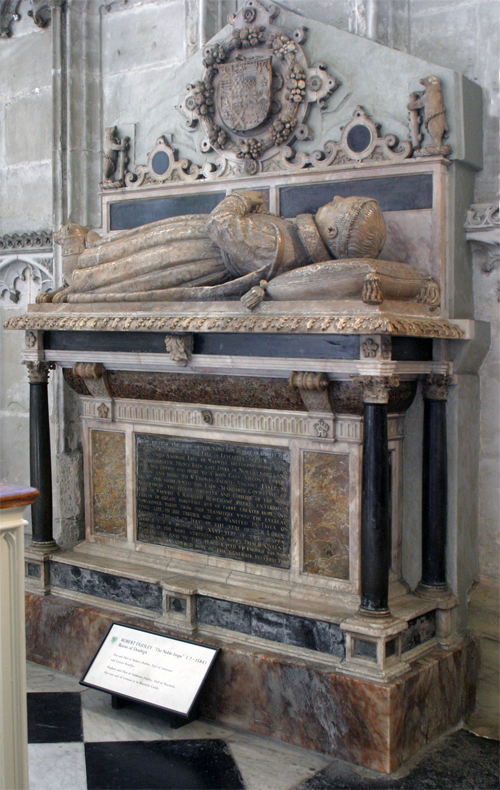 |
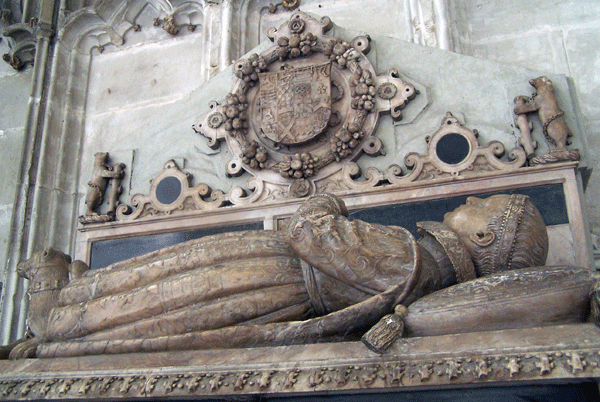 |
| Chapter House | North Vestry | ||
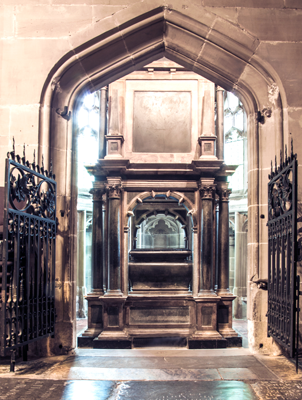 |
 |
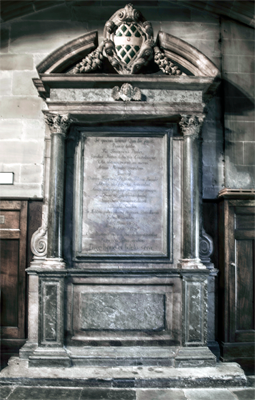 |
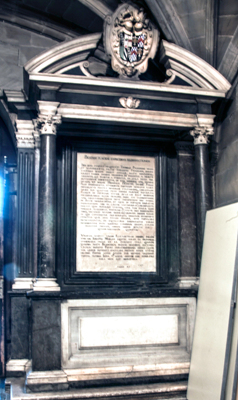 |
| Fulke Greville, Lord
Brooke (1628) Six poster with two tiers of black columns. Black sarcophagus. Above left is view of whole tomb from vestry; right is view of sarcophagus from far side. This monuments fills the former chapter house and cannot be photographed in its entirety. By Thomas Ashby |
Francis
Parker (1693) Tablet with columns and open pediment.By Stanton (Clive Easter) |
Sir
Thomas Puckering (1639) Altar tomb and reredos in black and white marble. By Nicholas Stone |
|
| North Transept | South Transept | ||||
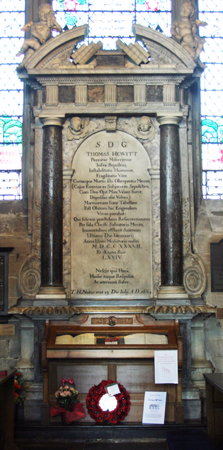 |
 |
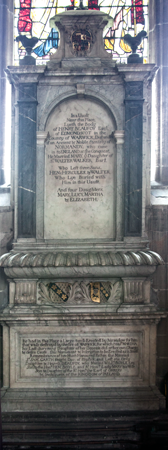 |
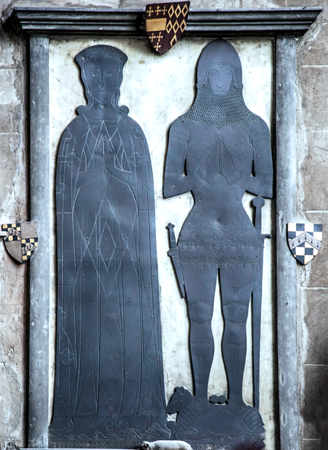 |
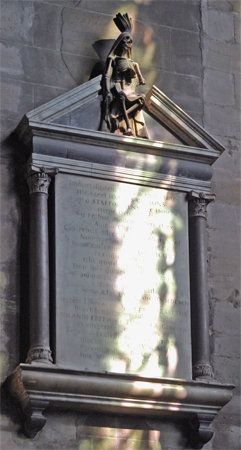 |
 |
| Thomas
Hewett (1737) Note the putti reclining on the 'broken' pediment and the pile of books below |
Thomas
Oken (1573) Brasses but the surround is later |
Henry Beaufoy & Wife
(c 1700) |
Thomas Beauchamp, Earl of
Warwick (1401) & Wife Brasses, now set high on wall. He was father of Richard Beauchamp, was exiled by Richard II in 1397 but restored by Henry IV in 1399 |
John Gibson (1693) Note the skeleton emerging from a shroud in and on the pediment |
William Hiorn (1776) Architect-builder. |
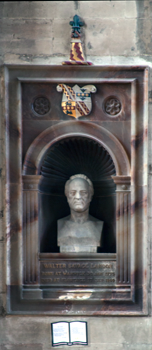  |
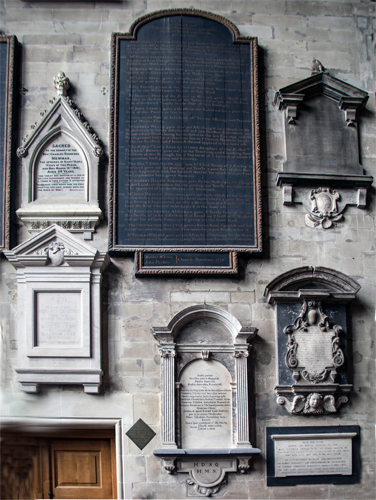 |
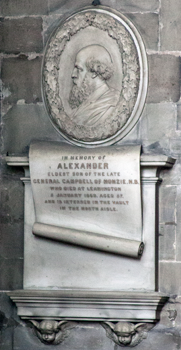 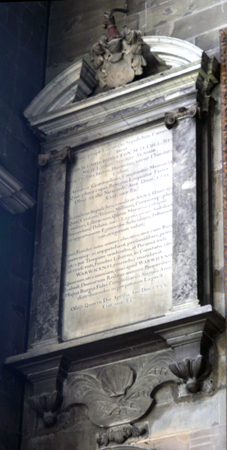 |
| Left top: Walter Savage Landor
(1864) Left bottom:Francis Hiorn FSA (1789) Son of William above Right top: Alexander Campbell (1869) Right bottom: William Johnson MD (1733) Above is a series of wall monuments which have not been individually noted |
| Other Monuments | |
Elizabeth, Lady Latimer (1480) daughter og Richard Beaucham0, Earl of Warwick George Neville, Lord Latimer (1469) husband of the above Oliver Dudley (1460) son of Elizabeth, Lady Latimer. Killed at the Battle of Edgecote William Parr (1571) Marquis of Northampton Katherine Beauchamp Eldest daughter of Thomas Beauchamp, Earl of Warwick The above brasses date only from 1950 To the right: Stone coffin lid (very deep) with head in low relief sunk in quatrefoil and Calvary Cross below. Not in situ ; now in crypt There are many grave stones in the floor and two burial vaults lead off, one sealed. |
Maria Home (1834) For 60 years housekeeper at Warwick Castle. White scoll on black base Mrs Jane Farnhill (1840) Servant at Warwick Castle. White tablet surmounted by a cross, on pedimented black base. |
 |
|
| Wooton Wawen - St Peter |
 |
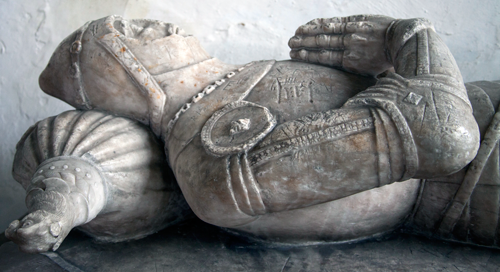 |
| Alabaster. Early 15th Century |
 |
 |
 |
| John Hartwell (1505) |
||
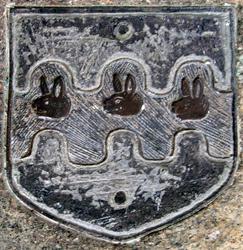
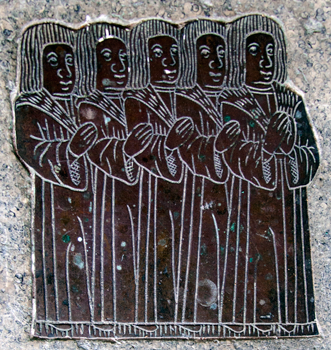 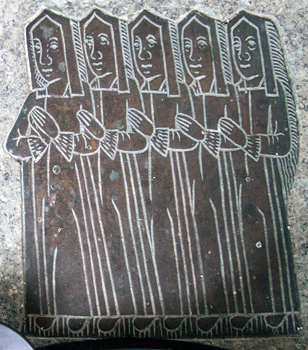
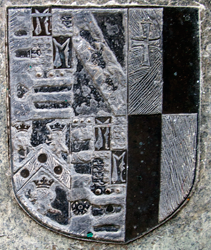 |
||
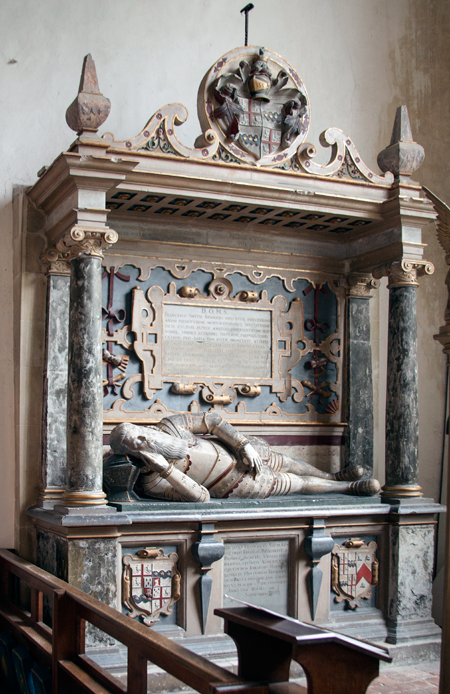 |
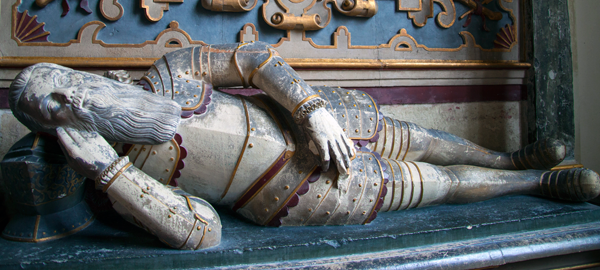 |


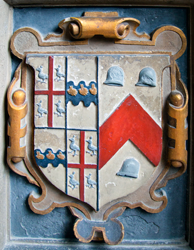 |
|
| Francis Smith (1605) |
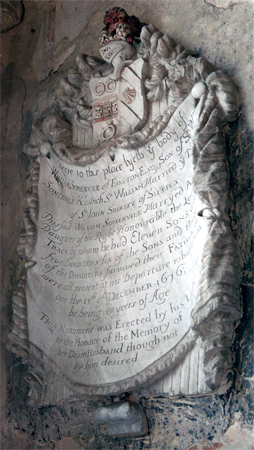 |
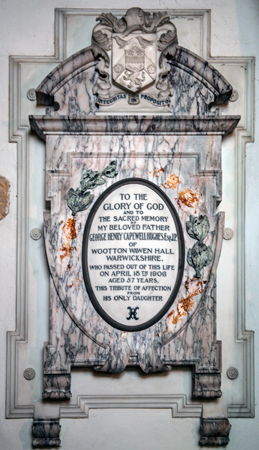 |
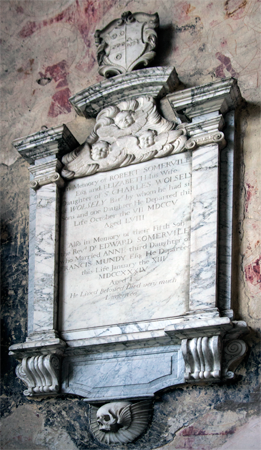 |
 |
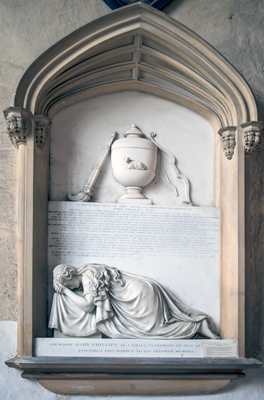 |
| William Somervile (1676) | George Henry Capewell Hughes (1906) | Robert Somervile (1705) Also his wife Elizabeth (Wolsely), and their 5th son, Rev Dr Edward Somervile (1734) | Hon Henry Knight (1762) and his sister, Henrietta (1763). She married three times but the first marriage is not mentioned on the monument.; she ran away from her first husband and the marriage ended in divorce. Her second husband pre-deceased her. | John Phillips (1836) (Above and below) |
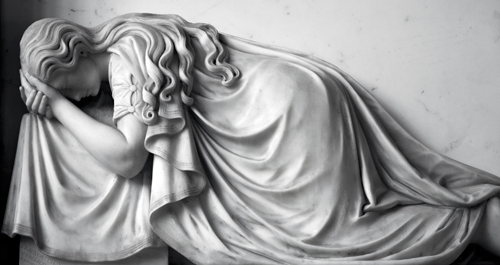 |
| More Monuments |
| Catherina Page (Knight) (1736) and Margaretta Vase (Page) Daughters of Robert and Martha Knight |
The etchings are by C. Stothard and T & G Hollis, and the engravings by E. Blore


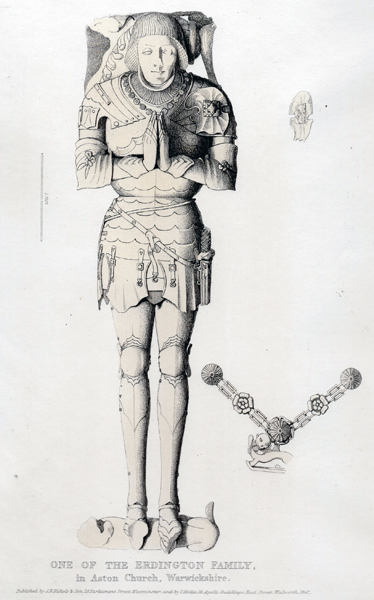

.png)
.png)
.png)

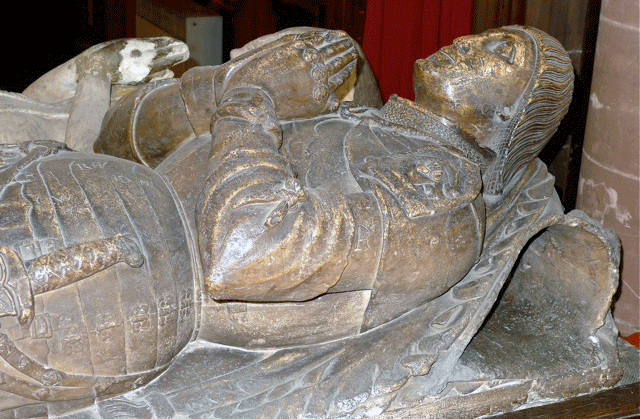
.png)
.png)
.png)
.png)
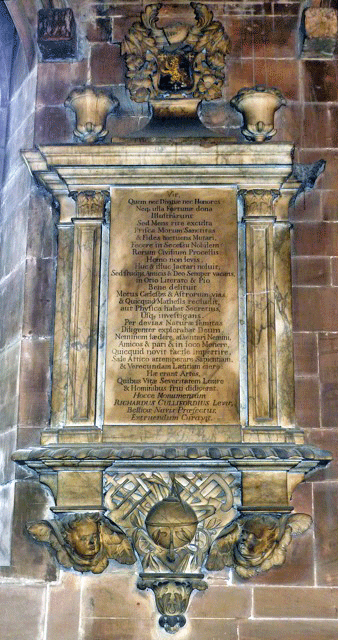
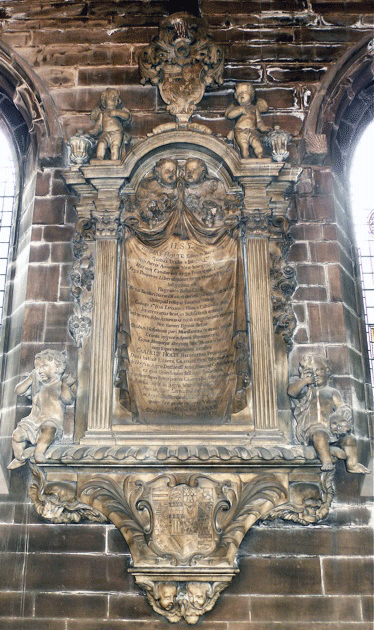
.png)

